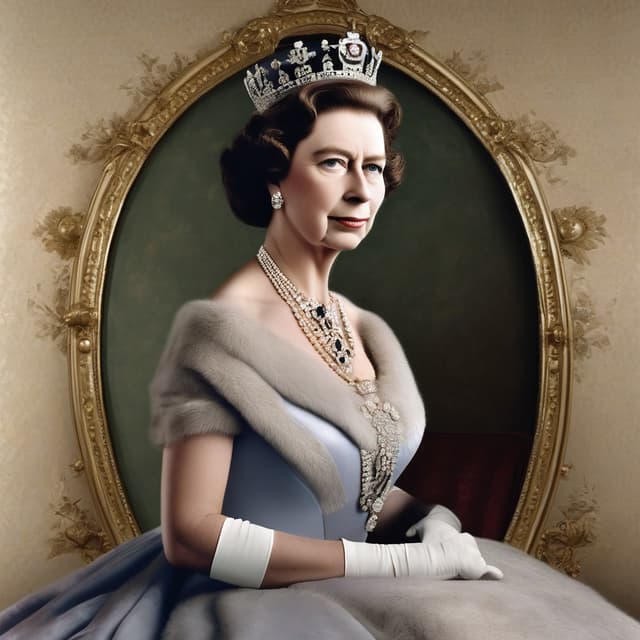
| Role | Ceremonial head of state |
| Reign | 1952 - present |
| Title | Queen Elizabeth II |
| Country | |
| Challenges | Increased scrutiny • Scandals • Challenges to legitimacy |
| Government | |
| Transition | From absolute to constitutional monarchy after the Glorious Revolution of 1688 |
| Dependencies |
Queen Elizabeth II has reigned as the ceremonial head of state of the United Kingdom and its dependencies since 1952, making her the longest-reigning British monarch. However, her tenure has unfolded in the context of a constitutional monarchy where real political power rests with the democratically-elected parliament and government, rather than the royal family.
Elizabeth Alexandra Mary was born in 1926 as the first child of the Duke of York (the future King George VI) and Duchess of York (later Queen Elizabeth). As the niece of the reigning King Edward VIII, she was not expected to ascend the throne. But Edward's abdication in 1936 thrust her father onto the throne and made the young Elizabeth the heir presumptive.
Elizabeth came of age during World War II, which strengthened the British public's affection for the monarchy. She married Prince Philip in 1947 and became Queen on the death of her father in 1952 at the age of 25. While her coronation was a grand affair, it marked the beginning of an era of diminished royal power.
The British monarchy had already been transformed into a largely ceremonial institution following the Glorious Revolution of 1688, which had stripped the crown of most of its governing authority. Elizabeth II's reign has seen the royal family's role reduced even further, with parliament and the elected Prime Minister holding the true reins of power.
As Queen, Elizabeth's duties are primarily symbolic and representational. She formally appoints the Prime Minister and other government officials, but has no real say in policy decisions. She also serves as the formal "head of state" and carries out ceremonial functions like opening parliament, granting royal assent to legislation, and hosting state visits.
However, the Queen does retain some residual powers, such as the ability to appoint lords, grant pardons, and formally declare war. The extent to which she can wield these powers is highly limited and circumscribed by constitutional conventions. Overall, Elizabeth II reigns but does not rule.
The reduced role of the monarchy has not shielded the royal family from intense public scrutiny and periodic scandals. Over the decades, the Windsors have weathered crises ranging from royal divorces to financial improprieties to allegations of racism.
Elizabeth II has sought to adapt the monarchy to the modern era, cultivating a more modest public profile and scaling back the extravagance of royal ceremonies. She has supported initiatives to make the royal household more transparent and accountable. However, calls for the complete abolition of the monarchy have grown louder, particularly among Britain's increasingly republican-leaning youth.
The future of the monarchy remains uncertain as Elizabeth II, now in her 90s, nears the end of her reign. Her son and heir apparent, Charles, Prince of Wales, is a more divisive and less popular figure. Whether the British public will accept the continuation of the Windsor dynasty beyond Elizabeth is an open question.